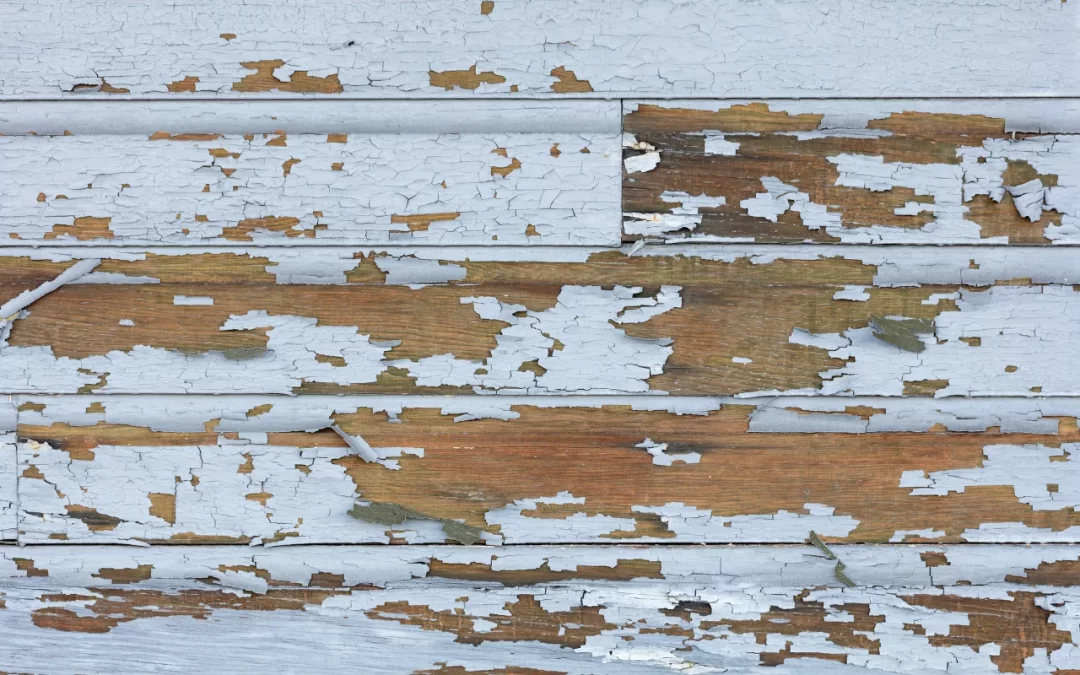Lead-based paint was commonly used in Australia for much of the 20th century. It was widely applied in homes, workplaces, and industrial structures due to its durability and vibrant finish. However, regulations began tightening as scientific research increasingly linked lead exposure to serious health risks.
In 1965, the first significant step was to reduce lead levels in domestic paints. The Australian government progressively lowered the permissible amount of lead in household paint throughout the following decades. However, it was not until 1997 that Australia banned the use of lead in domestic paints, restricting lead content to a maximum of 0.1%.
Health Risks of Lead Paint Exposure

Lead is a dangerous metal that can hurt people’s health very severely, especially kids and women who are pregnant. Exposure to lead dust or flakes from deteriorating paint can lead to neurological damage, developmental delays, and other long-term health complications. Also, adults are at risk because being exposed can hurt your kidneys, cause high blood pressure, and make it hard to get pregnant.
Lead poisoning can happen by breathing in lead particles, eating dust that contains lead, or coming into close contact with paint that is peeling off. This is why homes and workplaces built before 1997 should be assessed for lead paint hazards, particularly during renovations or demolition.
Identifying Lead Paint in Older Homes
Many Australian homes built before 1997 still contain layers of lead paint beneath newer coatings. If disturbed, these layers can release harmful lead particles into the air, impacting Indoor Air Quality Services. Homeowners should avoid sanding, scraping, or heating old paint without proper safety measures.
Professional testing is recommended to determine whether a property contains lead paint. This is particularly crucial for childcare centres, schools, and homes with young children. At Envirohealth, we specialise in assessing lead risks and providing safe, practical solutions for managing lead exposure.
The Role of Asbestos and Other Hazards in Older Buildings

Lead paint isn’t the only pollution risk that comes with older buildings. Many buildings before the 1990s also have asbestos, another dangerous material that can harm your health. Services like Asbestos Sample Testing and Asbestos Clearance Inspections and Certification are essential for ensuring the safety of properties undergoing renovation or demolition.
Additionally, asbestos can be present in soil surrounding older buildings, making Asbestos in Soil another critical concern. Homeowners and businesses should seek professional inspections before disturbing soil or excavating.
Lead in the Home and Work Environment
Even though lead paint is now banned, exposure can still occur in various settings. Renovation projects, industrial sites, and imported products can contain lead contaminants. Understanding Lead in the Home and Work Environment is crucial for preventing accidental exposure.
Employers and property owners must comply with strict safety regulations when dealing with lead-based hazards. Proper containment, protective equipment, and professional remediation are essential to mitigate risks effectively.
Safe Removal and Remediation of Lead Paint
If lead paint is identified in a home or workplace, safe removal is necessary to prevent contamination. Due to the high risk of lead particles in the air, you shouldn’t try to remove the lead yourself. Instead, professional remediation services ensure safe handling and disposal.
The process typically involves:
- Encapsulation: Sealing the lead paint with a special protective coating.
- Enclosure: Covering the lead-painted surface with new materials such as drywall or cladding.
- Removal: Carefully stripping lead paint using wet sanding, chemical stripping, or specialised vacuum systems.
Preventing Lead Exposure Moving Forward

While lead paint is no longer in use, awareness, and proactive management are crucial for maintaining safe living and working environments. Regular inspections, professional assessments, and adherence to safety regulations help prevent exposure and protect public health.
If you suspect lead paint on your property, contact a professional inspection service to assess the risks and recommend the best action. Ensuring a safe, lead-free environment is essential for long-term health and well-being.
Understanding the Timeline of Lead Paint Bans in Australia
Lead-based paint was officially banned in Australia in 1997, marking a significant step in protecting public health. However, the risks associated with lead exposure still exist in older properties and must be carefully managed. By utilising professional testing, remediation, and ongoing monitoring, homeowners and businesses can safeguard their environments against lead hazards.
Understanding the history of hazardous materials in Australian buildings—such as when asbestos stopped being used in Australia—can also help you assess your property’s overall safety.
At Envirohealth, we specialise in identifying and mitigating lead paint risks to ensure safe and compliant spaces. Contact us today for expert guidance on lead paint management and other environmental safety concerns.

